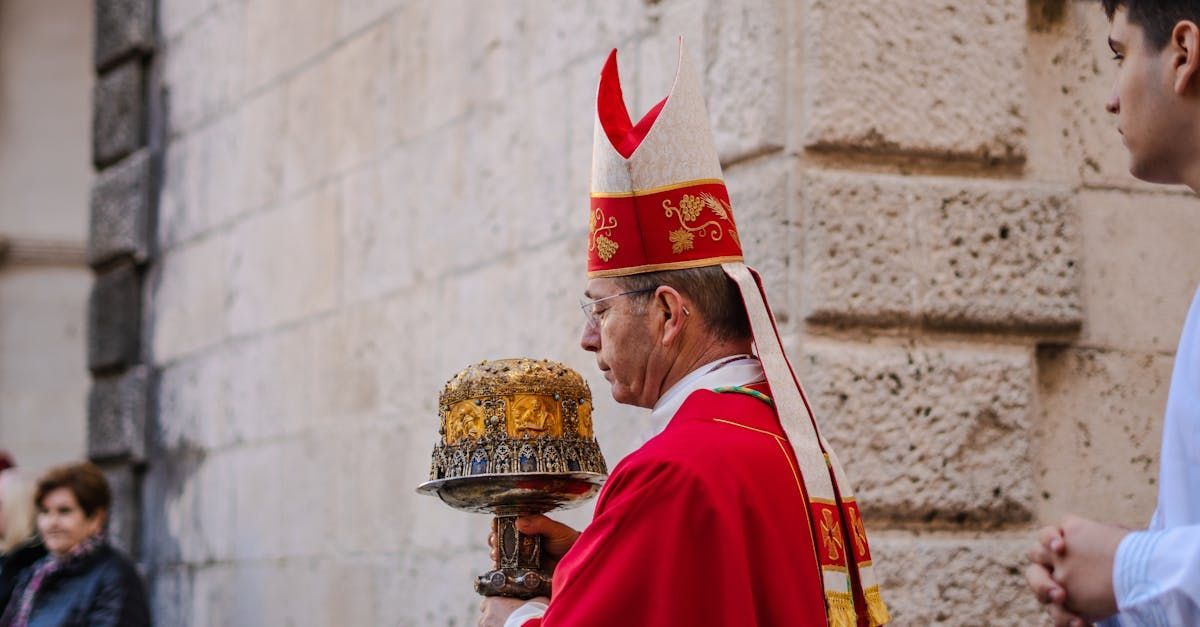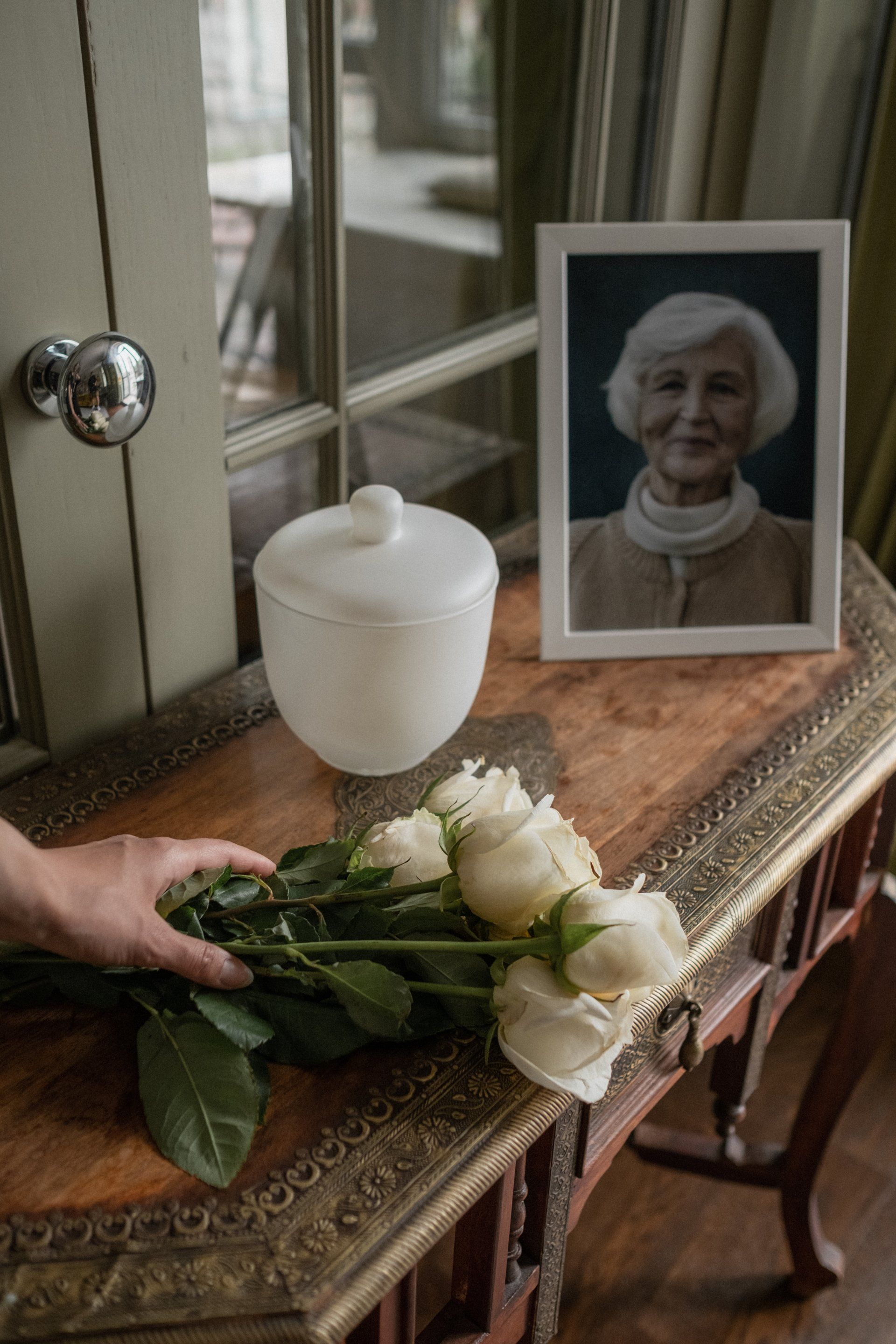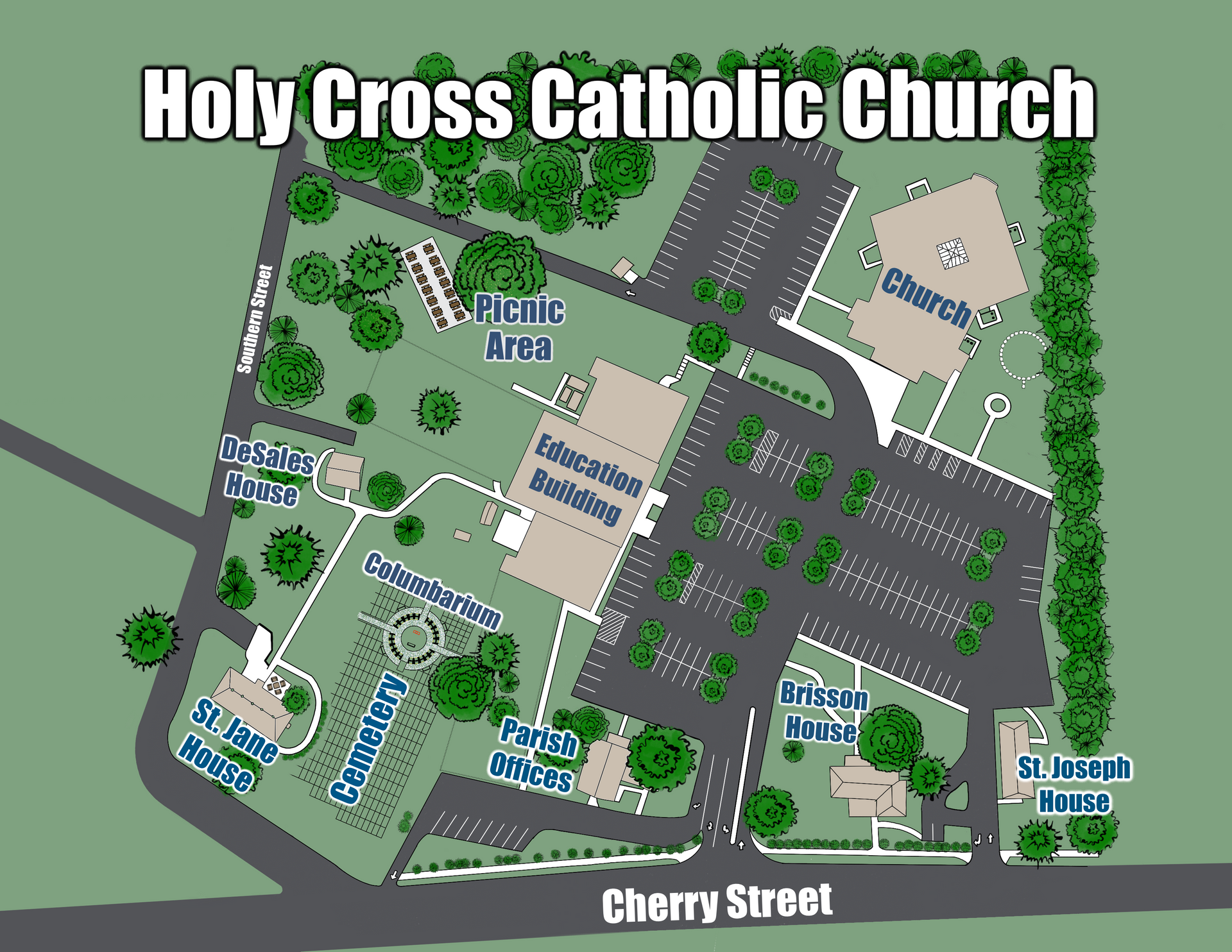Vatican II & Liturgy - Part 7
“At the Last Supper, on the night when He was betrayed, our Saviour instituted the eucharistic sacrifice of His Body and Blood. He did this in order to perpetuate the sacrifice of the Cross throughout the centuries until He should come again, and so to entrust to His beloved spouse, the Church, a memorial of His death and resurrection: a sacrament of love, a sign of unity, a bond of charity (cf. St. Augustine, Tractatus in Ioannem , VI, n. 13), a paschal banquet in which Christ is eaten, the mind is filled with grace, and a pledge of future glory is given to us (Roman Breviary, feast of Corpus Christi, Second Vespers, antiphon to the Magnificat).
“The Church, therefore, earnestly desires that Christ's faithful, when present at this mystery of faith, should not be there as strangers or silent spectators; on the contrary, through a good understanding of the rites and prayers they should take part in the sacred action conscious of what they are doing, with devotion and full collaboration. They should be instructed by God's word and be nourished at the table of the Lord's body; they should give thanks to God; by offering the Immaculate Victim, not only through the hands of the priest, but also with him, they should learn also to offer themselves; through Christ the Mediator (Cf. St. Cyril of Alexandria, Commentary on the Gospel of John , book XI, chap. XI-XII: Migne, Patrologia Graeca, 74, 557-564), they should be drawn day by day into ever more perfect union with God and with each other, so that finally God may be all in all.
“In Masses which are celebrated with the people, a suitable place may be allotted to their mother tongue. This is to apply in the first place to the readings and ‘the common prayer,’ but also, as local conditions may warrant, to those parts which pertain to the people, according to the norm laid down in Art. 36 of this Constitution. Nevertheless steps should be taken so that the faithful may also be able to say or to sing together in Latin those parts of the Ordinary of the Mass which pertain to them” (Second Vatican Council , Sacrosanctum Concilium , para. 47-48, 54).
The last quote in the first paragraph above is taken from the Roman Breviary. This was the book that allowed members of the Church to pray the liturgical hours. After the new rites were drawn up, the present-day version is called the Liturgy of the Hours.
Before the Second Vatican Council, since the late 19th Century, the vernacular was used to read the readings at Low Mass. Also, the homily was always in the vernacular. The Council is asking for the “mother tongue” of the place to have a greater part in Mass, including the chanting of the readings at the Sung Mass and Solemn Mass. However, the faithful should be instructed so that they know their parts and the chants that pertain to their responses in Latin. This is because Latin is the language of the universal Church. It is a sacred language, along with Hebrew and Greek. The Vatican Council desired that Latin would remain part of the liturgy because it is a sacred element of worship.
Pastor's Ponderings












